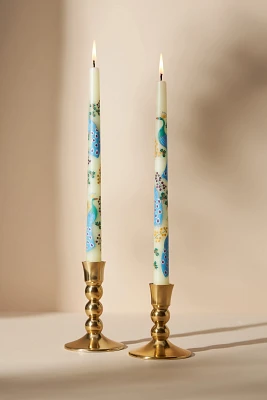Home
The Venetian City Garden: Place, Typology, and Perception
Barnes and Noble
The Venetian City Garden: Place, Typology, and Perception
Current price: $35.00


Barnes and Noble
The Venetian City Garden: Place, Typology, and Perception
Current price: $35.00
Size: OS
Loading Inventory...
*Product information may vary - to confirm product availability, pricing, shipping and return information please contact Barnes and Noble
Key issues in garden design today
No city has played a more seminal role in the development of "landscape" as a concept than has Venice. In a city where the land and gardens are reclaimed from a lagoon environment whose ecology is in jeopardy today, they are the very basis of life, dwelling, and culture. This book develops a typology of gardens distinguished by their predominantly small scale, all of which work with essential dimensions of landscape architecture: private and public space, usefulness and beauty, and open space in a densely built environment that is permeated with history.
From nearly one hundred city gardens, squares, and courtyards, public parks and temporary gardens, this book identifies garden layout and design elements that involve both material factors – spatial and design-related features – as well as the social circumstances of their use.
The areas presented include the Arsenale, where the Paradise Garden was created for the 2008 Biennale by Gustafson Porter, and the giardini and public gardens that – since their creation two hundred years ago – have served as a laboratory for making Venice into a modern city with a strong appeal to the "natural".
The city garden in a densely built, historical environment – a type of garden presented through one of its paradigmatic examples
Analyzes history, typology, and topography as essential elements of landscape design
By one of the world’s leading experts on garden history and landscape design
No city has played a more seminal role in the development of "landscape" as a concept than has Venice. In a city where the land and gardens are reclaimed from a lagoon environment whose ecology is in jeopardy today, they are the very basis of life, dwelling, and culture. This book develops a typology of gardens distinguished by their predominantly small scale, all of which work with essential dimensions of landscape architecture: private and public space, usefulness and beauty, and open space in a densely built environment that is permeated with history.
From nearly one hundred city gardens, squares, and courtyards, public parks and temporary gardens, this book identifies garden layout and design elements that involve both material factors – spatial and design-related features – as well as the social circumstances of their use.
The areas presented include the Arsenale, where the Paradise Garden was created for the 2008 Biennale by Gustafson Porter, and the giardini and public gardens that – since their creation two hundred years ago – have served as a laboratory for making Venice into a modern city with a strong appeal to the "natural".
The city garden in a densely built, historical environment – a type of garden presented through one of its paradigmatic examples
Analyzes history, typology, and topography as essential elements of landscape design
By one of the world’s leading experts on garden history and landscape design


















